

Well, that was quite a year, wasn’t it? Started out weird and kept getting weirder. Lot of “I didn’t have that on my bingo card” stuff. But let’s skip the We Didn’t Start the Fire verse about 2022 and for a second just appreciate that we all made it through another 365 days. And as we get ready to welcome 2023, it’s again time to look back on the best stuff we published this year.
I know I’m biased, but honestly, I’d put this stack up against any other automotive site. Fearless, wide-ranging storytelling has always defined The Drive, and 2022 was no exception. We continued our streak of finding long-lost prototypes with the secret Motorola electric Corvette; we snagged an exclusive interview with a pissed-off Carlos Ghosn; we tried to drive a Kia EV6 across the Australian outback in an extreme rural charging test; and we helped expose a serious security flaw that could be used to steal any new Honda. All that and more, plus serving you the latest in daily news and car reviews with the sharp eye we bring to everything we do.
Some things have changed, though. The site keeps evolving with additions like The Garage and our new TikTok. We’ve got some new faces in our ranks, a new site navigation structure, and a bunch of new ideas for how we can keep building this place into the cultural hub we know it can be. Honestly though, what I’m most proud of all is how the team here did all that while facing down numerous challenges, some of which you probably know about, some of which you don’t. But that’s the job—come hell or high water, we are here for you every day with stories to feed your brain, to indulge your passions, to stoke your stoke, and to just plain revel in the joy of cars.
Lastly, I want to thank you for being a reader and supporter of The Drive. You should ask the crew how many times I point out that without an audience, we’ve got nothing. We’re very grateful to have you here with us, plain and simple. We’ll have more to say in January about our grand plans for next year. For now, in no particular order, here are The Drive’s best stories of 2022.
What Does Musk’s Tesla Roadster Look Like After Four Years in Space? We Asked an Expert

Back in February, a burst of headlines marked the four-year anniversary of Elon Musk launching his original Tesla Roadster into space—ah, simpler times. But frustratingly, no article actually went into detail about what the car might actually look like after 1,460 days in the cosmos. They say to be the change you want to see, so I sent staff writer Peter Holderith on a mission to write that story. He somehow got the chair of the University of Michigan’s aerospace engineering program to sit down and answer a lot of detailed questions about a deeply silly topic. The result is one of my favorite pieces we ran this year. [LINK]
Carlos Ghosn Calls Nissan ‘Thugs,’ Says They’ll ‘Pay a High Price’ for His Downfall

Near the end of 2021, I was approached by a publicist with a jaw-dropping offer: would I like to have a chat with Carlos Ghosn? The fugitive former CEO of Nissan and Renault who was smuggled out of Japan in a box while under house arrest for a range of financial misconduct charges, Ghosn has been holed up in Lebanon for nearly three years now. He is not a person who even a journalist in my position would ever expect to interview. But a few weeks later, there he was on the other end of a Zoom call, his voice calm, his eyes burning with revenge. We spent an hour talking about everything from his claims of innocence to what was going through his mind that night in the box to how he feels getting into a Nissan today. It was a fascinating conversation, published in full Q&A style, the kind of which we aim to have more of in 2023. [LINK]
We Found a Secret Chevy Corvette EV Prototype Made by Motorola in the 1990s

Every once in a while, a mind-blowing tip comes in that really does become something incredible. In this case, it was writer Kevin Williams who heard from an acquaintance that a weird electric Chevy Corvette was collecting dust in a salvage yard in Illinois, and he might want to go check it out. He did, and what he found could rewrite the early history of modern EVs: a lost prototype built in secret by Motorola at the height of its powers back in the early 1990s, along with a stack of documents proving its origins. It’s a fully electric C4 Corvette with up to 428 hp and packed with a fascinating mix of rudimentary and pioneering tech. It’s also a complete mystery, as no records of this project existed anywhere online before we broke the story. We’re still unraveling this one; stay tuned. [LINK]
The Great Ford Maverick 3D Print-Off

The compact Ford Maverick pickup is a hot commodity for a number of reasons, among them the innovative use of a DIY system allowing owners to 3D print their own accessories with mounting points in various places throughout the cabin. Dubbed FITS (Ford Integrated Tether System), so far people have been using it to make basic things like cupholders and cargo dividers. Rob and Peter, both 3D printing freaks in their own right, insisted they could take it quite a few steps further.
With Ford’s help, we sent them each a Maverick for two weeks and told them to outdo each other or die trying. Six stories later, they’d built working prototypes for a gyroscopic water bowl for dogs, a heated and cooled cupholder, a glove dryer, a MagSafe iPhone mount, a device to turn the underseat storage box into a cooler, a chicken nuggets and sauce holder, and a MOLLE panel. We put the winner to a public vote, and Rob’s MagSafe charger was crowned the champion. But really, everyone’s a winner, because in the end we made all the build files available for free and put together a 3D printing beginner’s guide for anyone who wants to get started. [LINK 1] [LINK 2] [LINK 3] [LINK 4] [LINK 5] [LINK 6]
How a Fake Billionaire Scammed Rich Buyers for Millions With Bogus Ferrari Build Slots: FBI

There’s a lot of money sloshing around in the car world, and therefore a lot of scammers. But few such stories rise to the heights of Daniel Lesin, the 24-year-old from New Jersey who stole around $3 million from a bunch of rich people by posing as a billionaire and selling fake Ferrari Monza build slot allocations. Lesin was arrested by the FBI in June after his elaborate scheme unraveled in a barrage of lawsuits and pled guilty to federal wire fraud charges in October. Through court records and interviews, writer Stef Schrader broke down his con in meticulous detail in a piece that has to be read to be believed. Many have dubbed Lesin the Anna Delvy of cars. Not wrong. [LINK]
Driving a 1997 Toyota Crown Comfort Hong Kong Taxi Took Me Somewhere That No Longer Exists

In the world’s great cities, the dominant taxi is often an icon in its own right, just as much a symbol of the place as it is a way to get around. For decades in Hong Kong, that’s been a red Toyota Crown Comfort sedan. But things have changed recently—amid China’s brutal, ongoing crackdown on democratic activists fighting to preserve Hong Kong’s quasi-independence, it’s no longer the place Chris Tsui remembers spending time as a child after his family emigrated to Canada nearly 30 years ago. Meanwhile Toyota stopped making the Crown Comfort in 2017, and though many remain in service in Hong Kong, those numbers will keep dropping.
That’s why it was a shock for Chris to discover that someone in Toronto had acquired one and spent over a year bringing it back to a perfect replica of a working Hong Kong taxi in its prime, down to every last detail. Taking it for a spin is a transportive experience; as Chris put it, it’s like you moved halfway across the world, and suddenly your favorite local restaurant from back home sets up a pop-up across the street. Of course, it’s just that—a temporary taste of a place that’s no longer accessible. [LINK]
Your Car Is Tracking You Just as Much as Your Smartphone Is—and Your Data Is at Risk

The rise of connected cars is a boon for fleet logistics and automakers selling subscription services, and a nightmare for individual privacy. Victoria Scott provided this expansive look at just how much location and behavioral data your car may be gathering on you, and how little it’s being protected. Spoiler: It’s bad out there. Real bad. The issue took on new urgency this year as state legislatures began passing restrictions on abortion and transgender medical care that also criminalized leaving that state for the purpose of obtaining either. It’s a must read. [LINK]
DC Down Under: We Drive a Kia EV6 Across the Australian Outback
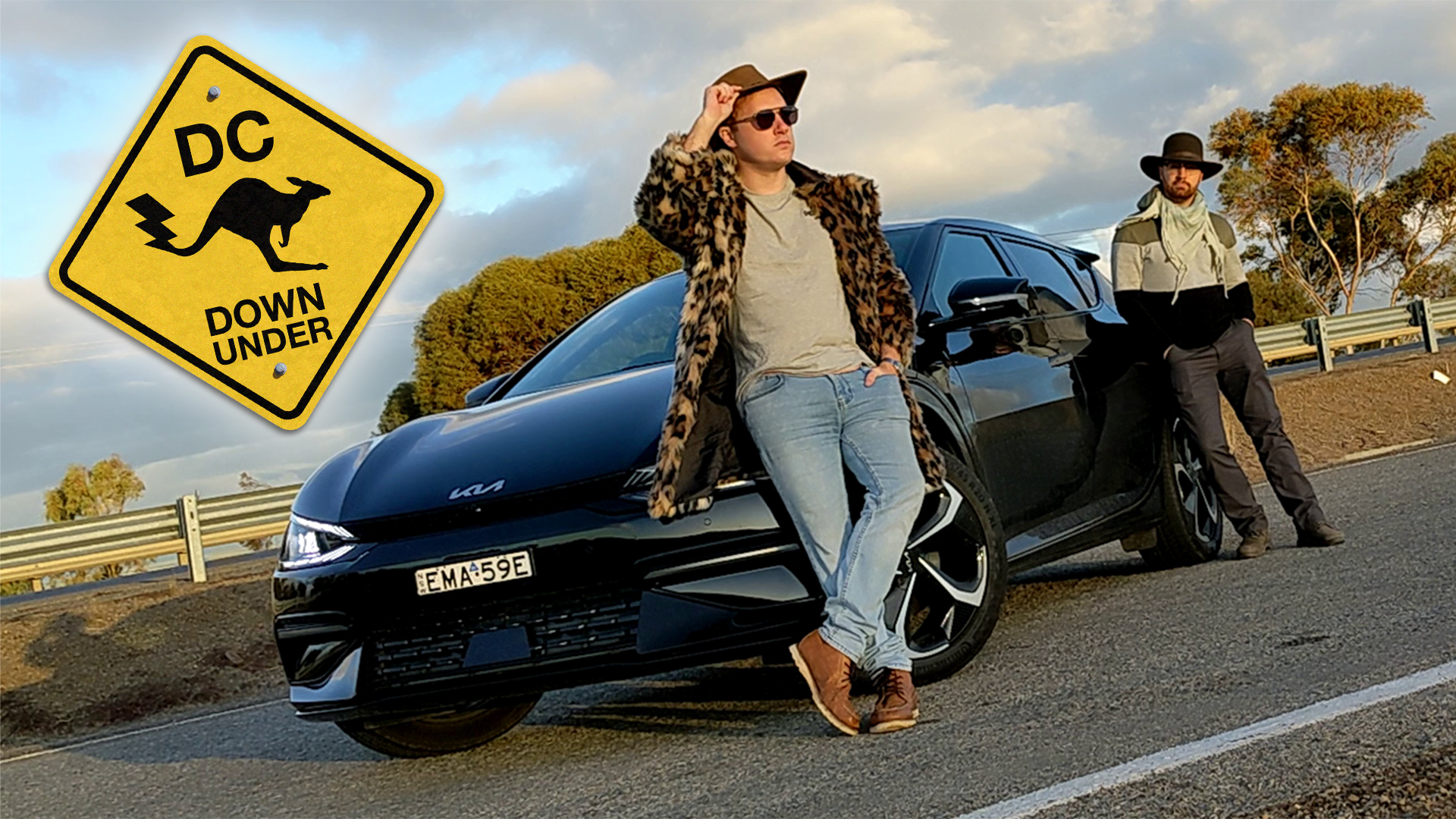
Undoubtedly the biggest swing we took this year, DC Down Under was our road trip series following staffers James Gilboy and Lewin Day as they drove a Kia EV6 1,700 miles across Australia through one of the most remote regions on the planet. The crossing, from Adelaide to Perth along the Eyre Highway, was only made feasible for EVs recently with a biofuel fast charger installed at an isolated roadhouse. But making it still relies on using a patchwork of privately maintained, pray-they-work chargers strung along the vast Outback like tiny lights on a long string. Miss one, and you’re in trouble.
As our resident Australian, Lewin declared it the perfect place for an extreme EV test—a five-day sprint to see how an EV changes the out-there road trip experience, what rural charging is really like, and how the vehicle itself holds up, particularly its promises about range. The two-lane Eyre Highway is a risky drive in any vehicle, with no lights, practically no services, abundant wildlife, mammoth road trains, extreme weather, and mind-numbing hazards like the 90-Mile Straight, one of the longest stretches of straight road in the world. It was honestly surprising that Kia agreed to give us a car for it, knowing that something was bound to go wrong.
And something sure did. We spent months preparing for this journey, flew James to Australia for it, and tried to anticipate every possible contingency. After a heroic effort, the two were forced to abandon the EV6 less than 200 miles from the finish line due to a brake problem. We got a postmortem from Kia later on, though the ultimate lesson isn’t that cars can break. It’s that taking an EV off the beaten path right now is an exercise in patience, endurance, and frustration—but still one worth experiencing, if you have the time. [LINK 1] [LINK 2] [LINK 3] [LINK 4] [LINK 5] [LINK 6] [LINK 7] [LINK 8]
This Vast Farm Salvage Yard in the Middle of Nowhere Saves Farmers with Hard-to-Find Parts

Writer Joe Ligo is one of the best there is at finding hidden stories of Americana. His feature piece about Fry’s Machinery in rural Pennsylvania, a massive farm equipment salvage yard that helps keep small farmers in business, really struck a chord with readers, and I can see why. It’s a wonderfully layered story, touching on the rise of industrial farming, right-to-repair issues, the importance of community, and the impact one man’s dogged efforts can have. The whole thing is tied together with compelling photos of the endless rows of jagged metal, and it really transports you to the scene. If you missed it when it first ran, enjoy the trip. [LINK]
We Found the Full List of All 677,081 Cars Killed in Cash for Clunkers
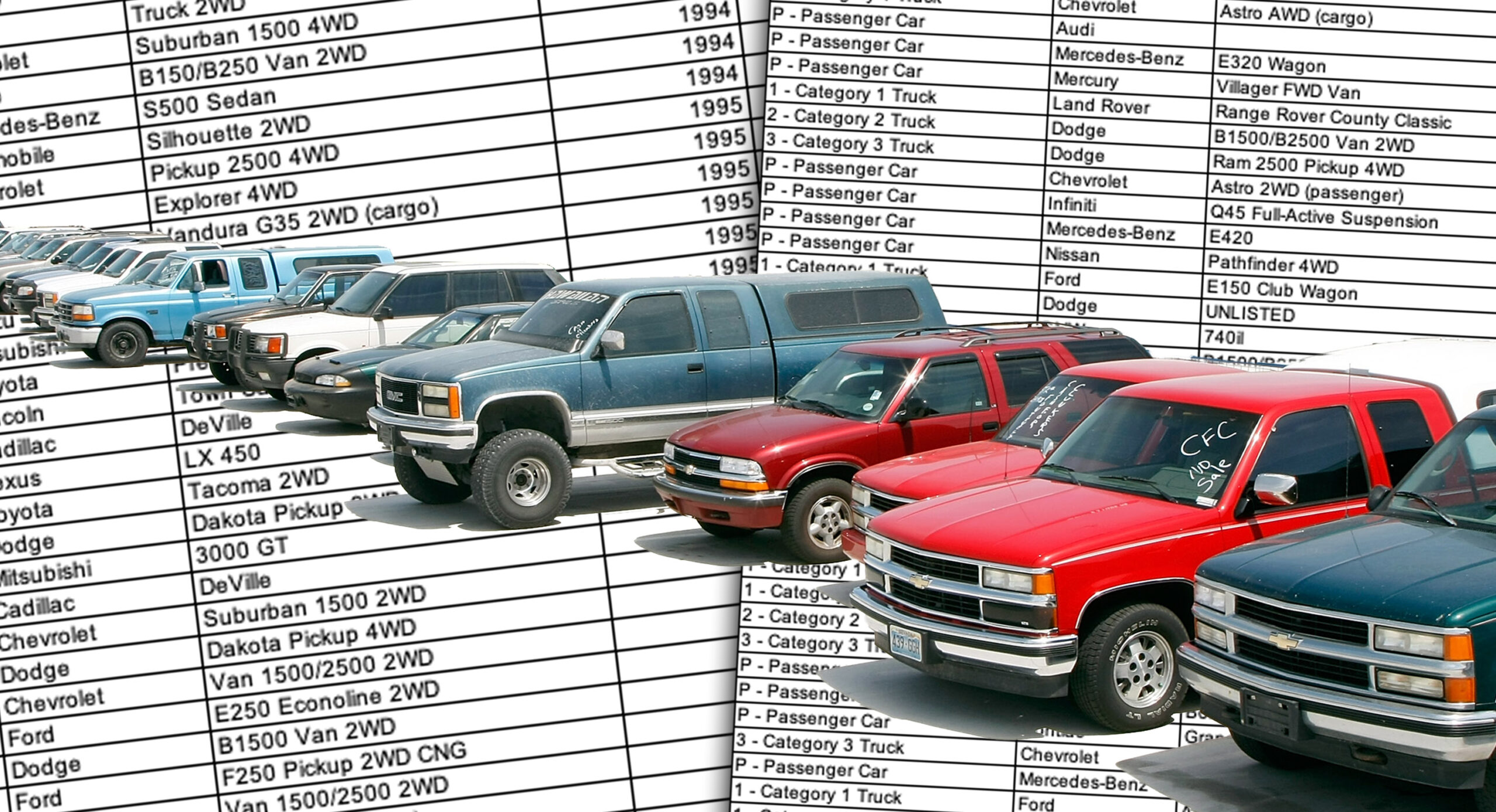
The title says it all. In the 13 years since the U.S. government’s Cash for Clunkers buyback program pulled nearly 700,000 “inefficient” used cars off the road and destroyed them all to stimulate the American auto industry, itemizing the dead has been an obsession for millions of enthusiasts. Beyond scattered news reports about people sacrificing an Aston Martin or an A80 Toyota Supra, though, details have proven scare… until now. Poking around on an archived version of a defunct government website, we discovered a working link to an XLS file containing the full, audited list of every single car killed in Cash for Clunkers. In addition to reporting on it, and publishing a second story highlighting the most interesting vehicles, we decided to host the raw list here and available for download for anyone. The piece now the top result if you search “cash for clunkers list” in Google, and we’re proud to have provided a new resource for the community. [LINK]
A Car Forum Gave Me the Strength to Come Out and Kept Me From Being Homeless

We love cars because of the way we form communities around them, and it’s those connections with other people that can ultimately be more valuable than the lumps of metal in our garages. During Pride Month, Kevin recounted a deeply personal and powerful story about how he first came out on a car forum as a teenager with nowhere else to share that part of him. Raised in an insular, ultra-religious community, he discovered forums as a 13-year-old in the mid-2000s and over time learned to trust this group of strangers who shared his passion for cars. When one of them revealed that he was gay, Kevin knew he finally had to do the same. The overwhelmingly supportive response from his fellow enthusiasts online gave him hope, strength, and practical advice as he navigated the very real fallout with his family. [LINK]
Greenwashed: Electric Pickup Trucks Are Dirtier Than You Think
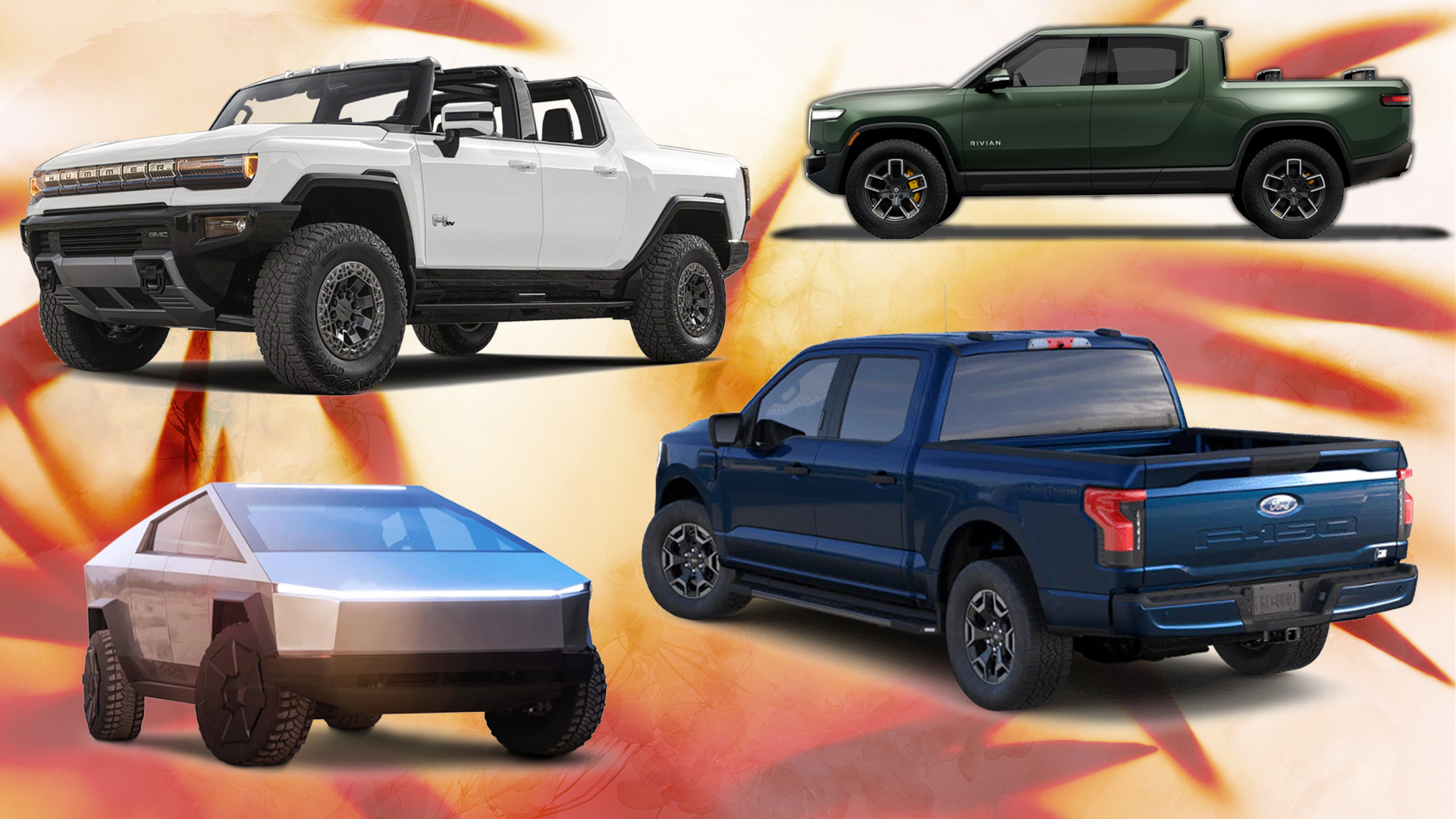
As you might expect for a truck-crazed country, many people point to electric pickups as the thing that will drive mass EV adoption. Automakers are rushing to cash in—the Ford F-150 Lightning, GMC Hummer EV, and Rivian R1T are now on the road, with more to come next year. But these are still big, expensive, heavy vehicles with giant batteries whose production and charging generates a lot of carbon emissions. How much better for the environment is it really to drive an electric truck for a few years versus a gas or hybrid one?
There’s no easy way to answer this question, because most companies don’t disclose the emissions from their EV production lines, but we wanted to try. Using data from Polestar, James and Peter extrapolated out the upstream emissions for a number of electric trucks, which as a rule are higher than with ICE production. They then calculated the number of miles you’d have to drive the equivalent gas or hybrid model before its production and on-road emissions caught up to the total lifecycle emissions generated by building and charging the EV.
Just one example among the surprising results, it could take over 60,000 miles before a Ford F-150 Lightning becomes an overall greener choice than a PowerBoost Hybrid. This one generated some polarized reactions, which I understand; it’s just one way to look at a very complicated subject. That said, we think one thing is clear: if lowering emissions immediately is the goal, full-hybrid lineups would do that a lot quicker than a handful of high-priced, resource-intensive electric trucks (and SUVs, for that matter). [LINK]
NYC to LA in 21 Minutes: Inside RAND’s Wild 1970s Proposal for a 14,000-MPH Vacuum Train

We love a good batshit proposal around here, and it doesn’t get more ludicrous than this early 1970s vision for a 14,000-mph vacuum train whisking people from New York to Los Angeles in 21 minutes. The Very High Speed Transit System—real name—was the vision of an engineer at the RAND Corporation named Robert Salter, whose 20-page white paper on the concept is a fascinating read. And if you think it sounds a lot like Elon Musk and the Hyperloop, well, that’s because it’s a direct rip off of Salter’s VHST. [LINK]
Cars & Crime Week: True Crime from the Automotive World
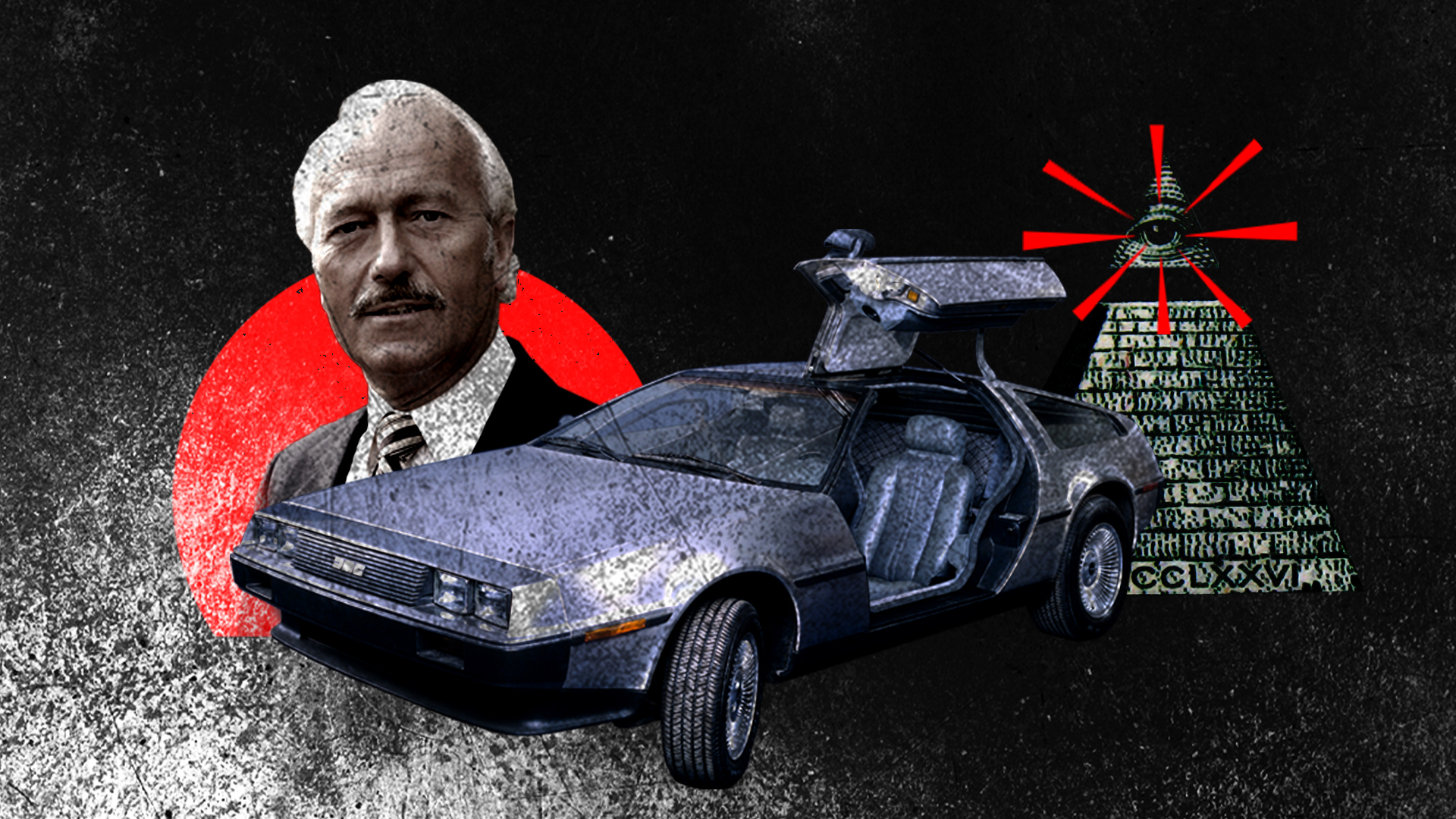
True crime is everywhere in pop culture these days, but there’s a distinct lack of car-related topics in the mix. Our fix for that was a package of five killer features diving deep into automotive true crime tales. James dug into the rumor that Lotus founder Colin Chapman faked his death back in 1982 over his connections to John DeLorean. Peter spoke with former master jewel thief Larry Lawton about what makes the perfect getaway car. Rob took a look at the tow truck mafia that controls the towing industry in Ontario, Canada. Lewin brought us back to the 2004 Monaco Grand Prix, when Jaguar put a $250,000 diamond on the nose of an F1 car as a stunt and lost it forever in a crash. And Patrick George caught up with former IMSA racer Randy Lanier, who spent over 25 years in prison for running a huge drug smuggling operation in the late 1980s. All are fantastic. [LINK 1] [LINK 2] [LINK 3] [LINK 4] [LINK 5]
Fast Times and Million-Dollar Fines: Inside the EPA’s Messy War on Dirty Diesel Trucks

Rolling coal is bad, that we can all agree. Still, unless you’re plugged into truck culture, you may have missed how messy the fight between the U.S. EPA and truck tuners over illegal diesel tuning has become. Amid a new enforcement push by the EPA, it comes down to this—the illegal emissions modifications that allow a diesel pickup to roll coal on the road are actually legal if done to a vehicle used solely off-road, like a sled pull truck or a trail rig or a drag racer. There are many legit businesses that specialize in these tunes, and they have no control over whether a truck owner who buys one actually abides by the law and keeps their vehicle off the road.
But instead of targeting the end user, the federal government is now going after these shop owners. Caleb Jacobs talked to tuners who’ve been slapped with millions in fines, truck owners who see deleting as a purely economic choice, and even legendary diesel wiz Gale Banks in his sweeping look at how we ended up here. [LINK]
James Joyce Once Tried Automotive Journalism. It Didn’t Go Well

For anyone out there who’s ever struggled with an assignment or a deadline, take heart: even greats stumble too. James Joyce is a literary titan, a legendary figure whose 1922 novel Ulysses laid the foundation for modern fiction. But he was also a one-time automotive journalist for The Irish Times whose sole car story, an interview with a driver in an organized 1903 road race in Ireland, is a real clunker. Writer David Mullen discovered the long-forgotten 1903 article on a damaged microfilm and unraveled the fascinating historical context around it, providing a unique look at early 20th century car culture, motorsport, and one of the greatest authors of all time. [LINK]
Small Cars Are Getting Huge. Are Fuel Economy Regulations to Blame?
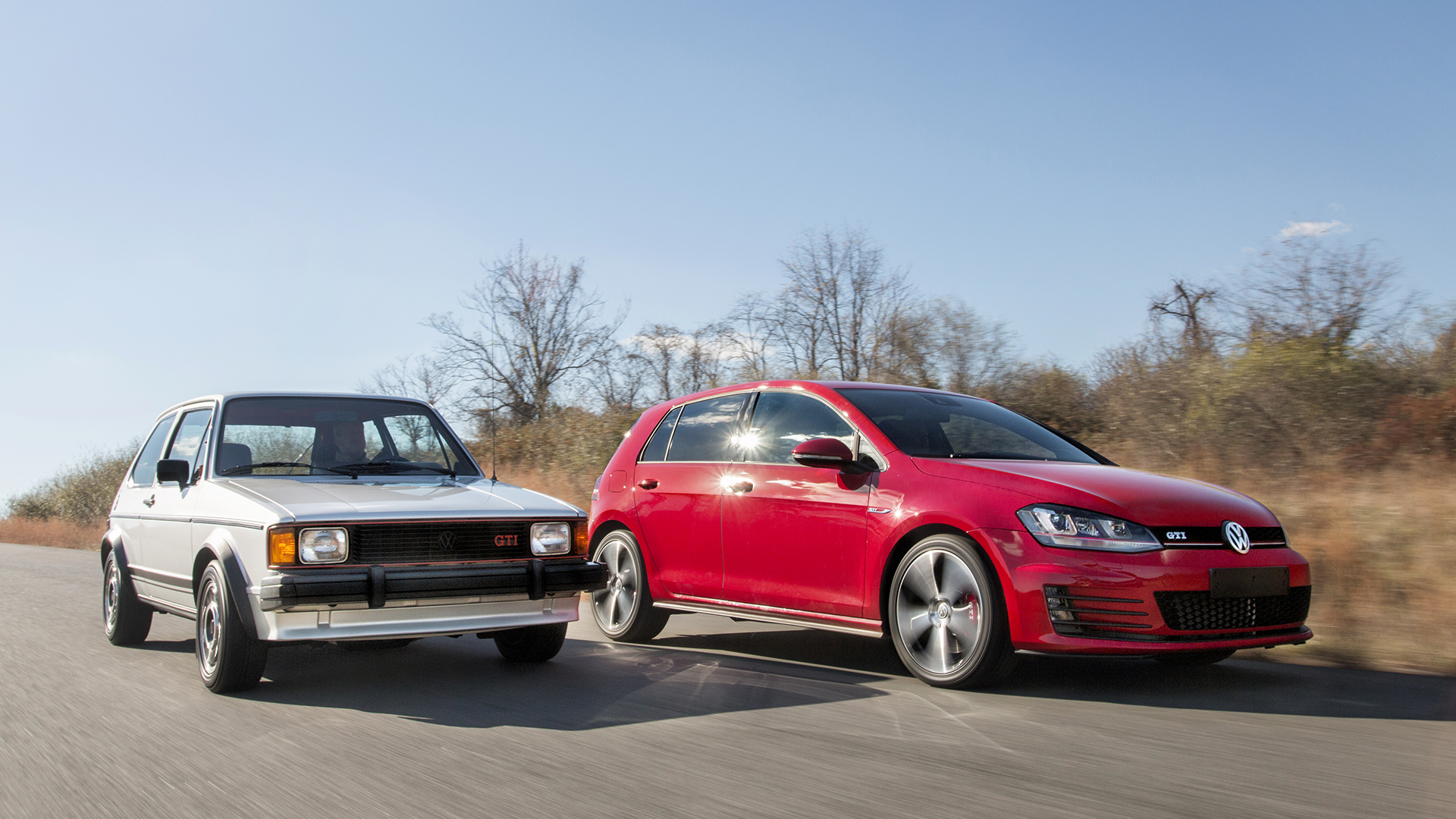
There are a lot of reasons why cars are getting bigger, and Victoria Scott dove into one of the more surprising ones: U.S. fuel economy regulations. Thanks to loopholes and a backwards incentive structure, our CAFE (Corporate Average Fuel Economy) standards actually encourage automakers to build more SUVs and crossovers over regular cars, and to make those remaining regular cars as big as possible. A great example is the Subaru Crosstrek—thanks to its raised suspension, it’s technically a “light truck” and in the eyes of the feds and subject to looser fuel economy targets. Make it a normal hatchback with a lower ride height and it would become a “passenger vehicle” that has to meet stricter standards.
What’s more, in 2011 the EPA introduced a so-called “footprint” model that set fuel economy target for different vehicle categories, and it too followed the logic that bigger vehicles don’t need to be as efficient, even within a given segment. Automakers even pointed out at the time that the new rules would speed the takeover of trucks and SUVs. And well, what do you know… [LINK]
Actor Daniel Wu on Tuner Builds, Activism, and Inspiring the Next Generation

Daniel Wu will tell you he’s an actor and producer, not an activist. But his visibility as a famous Asian American makes it impossible not to get involved when he sees things like a surge in bias and hate crimes affecting his community. Over a wide-ranging conversation with Kristen, he talked about his reason for speaking up (“Now we’ve stood up and said, ‘We’ve had fucking enough of this.'”), the Student Driver streewear/community brand he started with Sung Kang (“It’s about creating events, creating situations where people can share and have our own community.”), and of course, cars. (He and Sung are building a Buick Grand National with a GT-R motor, as one does). [LINK]
I Tried the Honda Key Fob Hack on My Own Car. It Totally Worked

Over the summer, a pair of security researchers announced they’d discovered a serious vulnerability in Honda’s systems that allowed them to unlock and start any nearby Honda vehicle without the car’s key fob. Honda quickly denied the hack worked, saying straight up that its systems “would not allow the vulnerability as represented in the report.” Not so fast, Honda—Rob busted out his own Honda Accord and trusty software-defined radio kit and demonstrated that yes, actually it does. His independent confirmation prompted national headlines and forced Honda to admit it did indeed have a problem. The Drive is on YOUR side, folks! [LINK]
The US Army Planned a Nuclear Version of Its Already Crazy Off-Road Land Train

Peter’s original story about the US Army’s incredible off-road land trains from the 1950s and 1960s remains an all-time reader favorite, so we had to come back this year with a sequel. Back in the Cold War days, America maintained a network of monitoring stations in the high Canadian Arctic to watch for Russian bombers coming over the North Pole. To build and supply those bases at a time before heavy-lift helicopters, it turned to an unconventional solution designed by pioneering inventor R. G. LeTourneau: off-road trains. And because one crazy idea begets another, it wasn’t long before the Army was seriously considering nuclear-powered land trains. [LINK]
I Put Throttle-Driven Eyebrows on My Car. Now It Looks Mad When I Floor It

Angry-eye kits for Jeeps are one of those mods that everyone loves to clown on. After a joke on Twitter suggested Jeep should make a moving version that get angrier when you give it more gas, Lewin decided that sounded easy enough to whip up for real. Lacking a Wrangler, he instead pressed his 1998 Mercedes E240 into service and built a pair of throttle-sensitive LED eyebrows that not only move, but change from a friendly blue to a fierce red when you floor it. It’s a truly delightful project that, while not strictly road legal per se, ought to be replicated on Jeeps everywhere. [LINK]